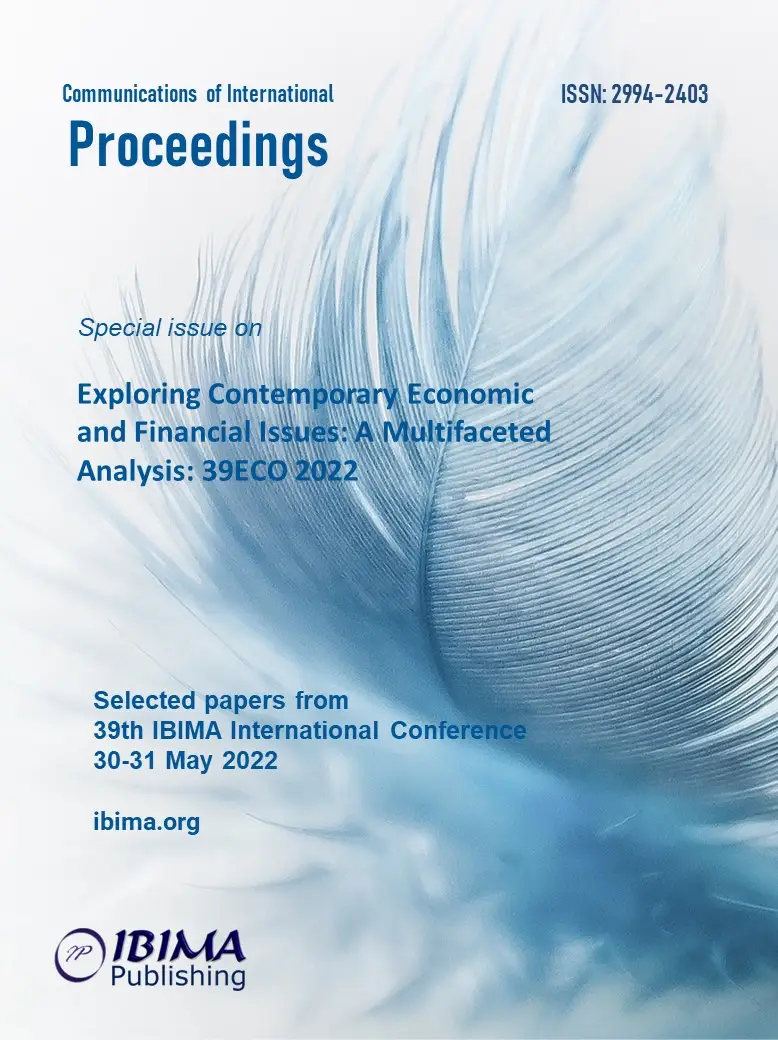
1Rita I. L. MENDES, 2Luís M. P. GOMES and 3Patrícia A. G. RAMOS
1,3 ISCAP / P.PORTO, S. Mamede de Infesta, Portugal
2 CEOS.PP / ISCAP / P.PORTO, S. Mamede de Infesta, Portugal

The subprime crisis began in 2007 in the US real estate market, extended to the financial market and caused serious difficulties for several institutions. Its effects quickly reached the European continent, giving rise to economic recessions from which they have not fully recovered. The extent and intensity of this phenomenon was the motivation for this manuscript. The main objective is to look for signs of contagion between the financial markets of Portugal, Spain, Greece and Italy, in southern Europe, and the US financial market. These European countries had high sovereign debt ratios that made them more vulnerable. The ARMA-GARCH models were estimated to correct autocorrelation and conditional heteroscedasticity problems in the time series of daily returns from 2003 to 2013. Then, copula methods were used to identify the dependency relationships between the pre-crisis subperiod and the crisis subperiod. The results show the intensification of symmetrical dependency relationships, although the southern European financial markets have not kept pace with the recovery of the US financial market. The findings can help Governments define and improve strategic plans to prevent international contagion.